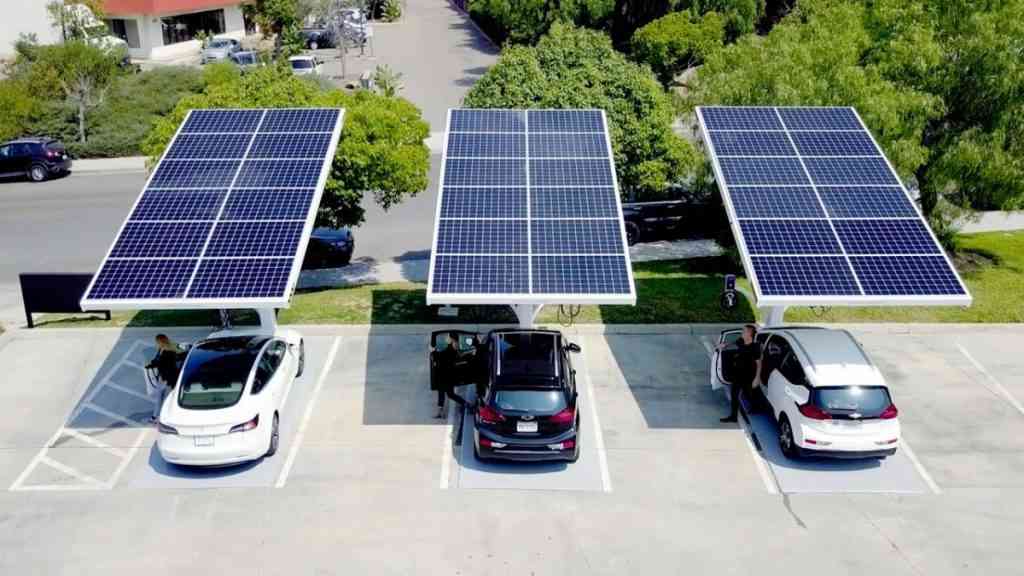
Due to climate change and climate variability, Chitsanza area which falls under Ward 19 in Nyanga district is receiving little rainfall.
Environment with Christopher Mweembe
However, climate change and climate vulnerability are often misconstrued and used interchangeably. The former refers to long-term fluctuations in temperature, precipitation, wind and other elements of the earth’s climate system.
On the other hand, climate variability refers to short-term variations in climate. These variations could be daily, seasonal, annual, inter-annual or last for several years which are shorter than a climatic averaging period.
Both processes have led to rivers and shallow wells drying up quickly in Chitsanza and there are no boreholes installed in the ward.
As a climate change adaptation strategy, farmers and villagers in Chitsanza have adopted a means of harnessing water from Nyanga mountains.
They constructed simple cost effective channels from the springs and natural water sources from the mountains leading to the community gardens.
This has ensured the availability of water among villagers who have now scaled-up gardening activities to increase yields. They have eradicated hunger and improved nutrition in the context of climate change.
- Chamisa under fire over US$120K donation
- Mavhunga puts DeMbare into Chibuku quarterfinals
- Pension funds bet on Cabora Bassa oilfields
- Councils defy govt fire tender directive
Keep Reading
Nyanga district is located in Manicaland province in north eastern Zimbabwe. It lies 71km to the north of Mutare and approximately 265km east of the capital city, Harare.
The district has a population of about 119 370 people. It is made up of 31 wards. According to the councillor of Ward 19 only identified as Muchadeyi, the ward has a population of more than 3 681 people. It has two primary and one secondary school, two business centres and one dip tank.
The clinic is still under construction. The two primary schools are not electrified, while the secondary school has electricity.
However, the schools, the clinic, the two business centres and the dip tank are not connected to piped water. In addition, there is no dam in the ward.
The ward is in the semi-arid region. The rainfall pattern is erratic and unreliable. During the rainy season, people grow maize and small grain crops like millet.
Conversely, during the dry season people grow potatoes, onions, cabbages, garlic, vegetables, cucumbers, butternut, tomatoes and peas in gardens using water from the canals they have made which flow from the mountains.
They have managed to supplement and increase their harvest leading to improved diet and nutrition in most families. Some of their garden produce is sold in Nyanga and Mutare market stalls.
Income realised from the garden produce is used to support families with educational needs (school fees, books, and uniforms) of their children and purchasing of small livestock. Garden produce is perishable.
Despite an abundance of perennial water from the mountains and the adoption of water harvesting strategies, some of the people in Chitsanza are still facing serious challenges in accessing and using water.
There are some villagers who are resettling illegally by the mountain side where they areselfishly diverting water into their own individual gardens. As a result, the gardens on the downstream side are drying-up due to shortage of water.
Water harvesting as a climate change and climate variability strategy is highly commendable. It is significant for the government, business community and non-state actors to help the community by installing durable water pipes and constructing storage tanks for most people to access water.
However, as a short-term measure, the local member of parliament and relevant government departments such as those that deal with agriculture and water and NGOs, should help avert a water crisis by drilling boreholes in all the four villages in the ward.
In addition, there is also a need to drill boreholes at the two primary schools, one secondary school, the clinic and two business centres.
Climate change is a real problem in Nyanga district, Chitsanza area in particular. For this community, water harvesting is the solution as a coping mechanism to this phenomenon.
However, everyone (communities, policy makers and development partners) has a role to play in addressing causes and effects of climate change and change variability.
For feedback, email: [email protected]











